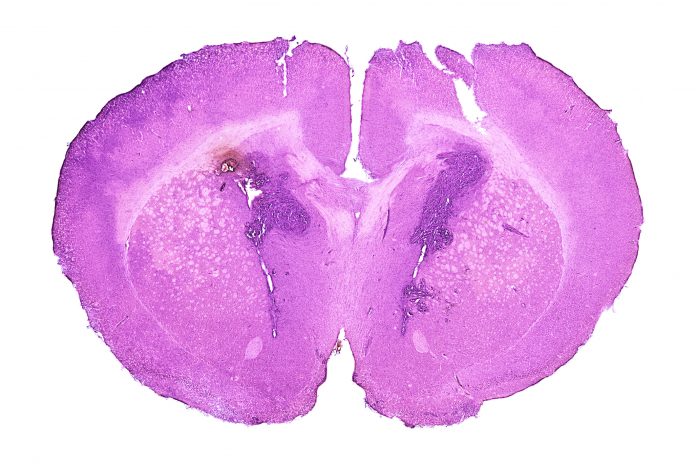The impact of climate change on fungal pathogens and diseases, catalyzed by natural disasters and displacements, is an underappreciated but critical global problem whose adverse effects are not just confined to low-income countries, but most significantly, to high-income countries. It is almost common knowledge that infectious diseases, from fungal infections—now supercharged by climate change and natural disasters—to many others, have been the biggest challenge health systems anywhere have ever faced, both in vulnerable populations and otherwise. Therefore, responding to climate change will require a global and concerted effort if most of the injurious outcomes are to be mitigated and knowledge of interlinkages between climate change, natural disaster, and fungal diseases advanced. An improved understanding could further efforts at prevention, early detection, and treatment. The research in this regard should give way to exploring the role of global warming concerning the following aspects, among others, to improve knowledge in the area:
• Global warming effects on dimorphic fungi and attainment of the most invasive forms
• Fungal resistance to thermal stress in the context of global warming
• The interplay between host and thermally adapted human fungal pathogens
• Genetics and epigenetics of thermal adaptation in fungi
• Global warming, bird migration, and relation with fungal infection
Moreover, to avoid fungal infection coordination is the key. On these points, the measures may be the following:
• Mitigation of climate change shall be taken as collective responsibility with global coordination to collectively reduce the emission of greenhouse gases and contain the increase in temperature.
• The areas that are flooded or in whatever way affected by disasters be cleared quickly and efficiently to avoid mass breakouts of fungal infection.
• Investments in studies, innovations, enhanced surveillance, and creation of awareness.
• Health infrastructure, access to antifungal medicines; health services, and training for health professionals, especially in resource-poor settings.
More investment should be in the actions to be done within the themes related and linked to a changing climate and increasing disasters attributed to them, on the most vulnerable populations.
(Author: Dr Neha Rastogi Panda, Consultant Infectious Diseases, Fortis Memorial Research Institute, Gurugram)









